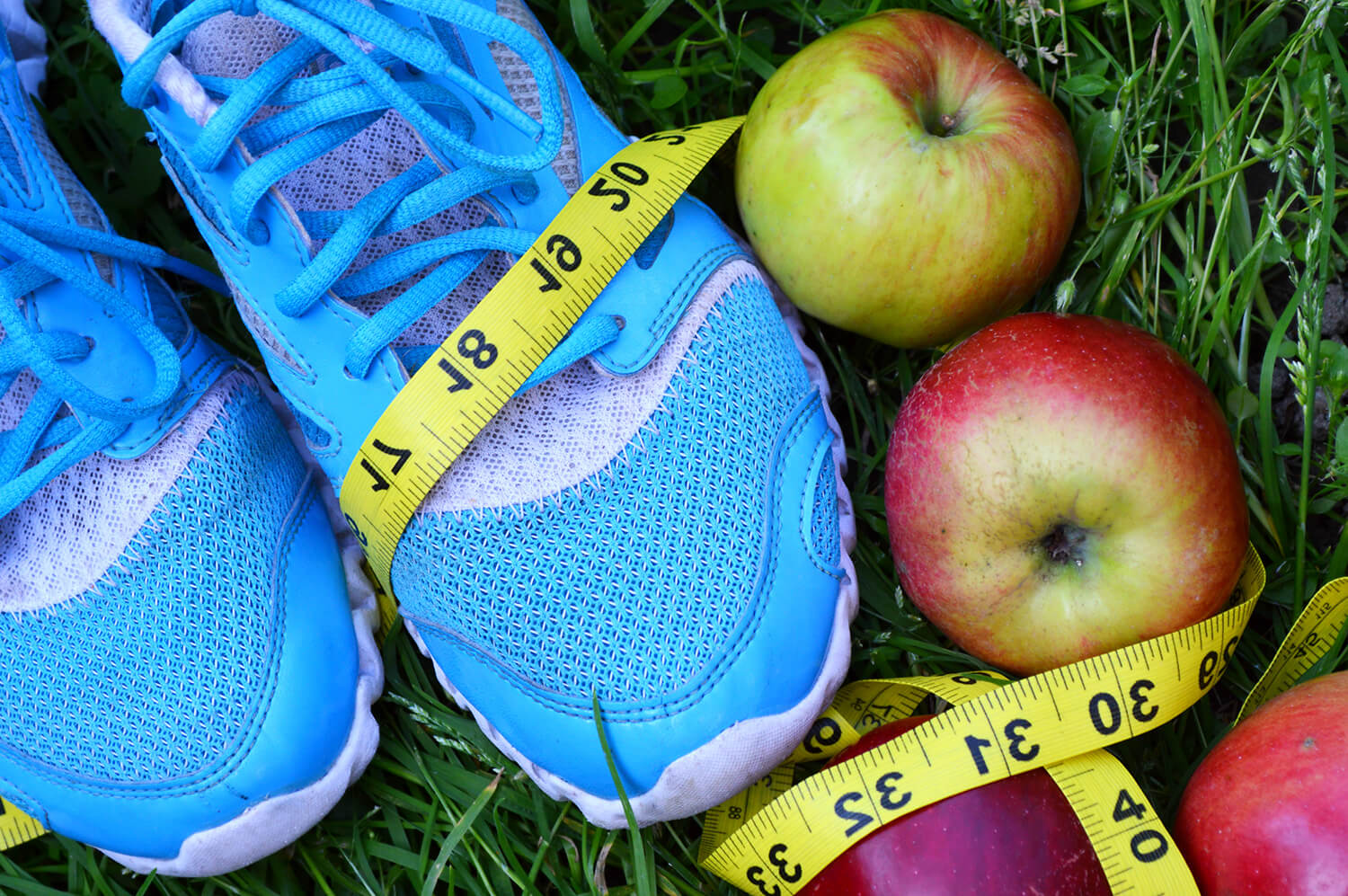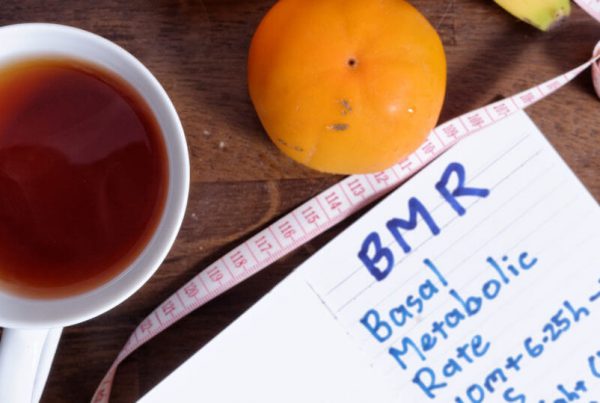Just like any other industry, the world of health and fitness comes jammed with lots of technical words and terms once you go past a surface level understanding. It can get confusing fast, and terms can get jumbled (Lean Body Mass? Lean muscle? Which is it?).
This is really unfortunate. Body composition analysis allows you to understand your body in a much clearer way, and it gives you insights into your health that you would have otherwise never known.
Here, we’re going to demystify these technical body composition terms for you and give you a basic understanding of how they are relevant to you. You can think of this as part glossary, part action guide.
A Guide to Basic Body Composition Terminology
Percent Body Fat (Body Fat Percentage)
If you walk away with just one new term under your belt, walk away with this one: Percent Body Fat. It’s a reflection of how much of your weight is made up of body fat and is calculated by dividing the weight of your body fat mass by your total weight. It is a deceptively simple metric but has an awesome number of highly relevant uses.
What You Can Learn From It:
Percent Body Fat is always expressed, obviously, as a percentage. This percentage can then be applied to set percent body fat ranges. While there are no official, set-in-stone ranges like there are for BMI, you’ll find that the healthy ranges tend to hover around 10-20% percent body fat for men and 18-28% for women. Organizations offering set ranges include ACSM and ACE; you can view theirs as well.
Lean Body Mass (aka Fat-Free Mass)
Another very important term to be familiar with is Lean Body Mass, sometimes used interchangeably in conversation with Fat-Free Mass. As that term implies, Lean Body Mass is the weight of everything in your body that isn’t fat. This includes your muscles, organs, bones, and body water.
While it’s important to understand what Lean Body Mass is, it’s equally important to understand what it isn’t. Lean Body Mass isn’t the same as muscle; rather, Lean Body Mass is a collection of different types of body tissues that includes muscle.
What You Can Learn From It:
Lean Body Mass plus your Body Fat Mass makes up your entire body weight. If you have your Lean Body Mass value in pounds, you can subtract this number from your total body weight to get an approximation of your Body Fat Mass. Divide that by your body weight, and now you’ve got your percent body fat.
Another interesting attribute about your Lean Body Mass is that it is closely related to the total number of calories your body needs each day. Your Lean Body Mass forms the core of your metabolism, and you can use this number to help you determine your unique dietary needs. No more basing your diet off the 2,000-calorie diet, which in reality is a poorly fitting, one-size-fits-all approach to food intake.
Skeletal Muscle Mass
When people talk about their muscles, they’re more than likely talking about Skeletal Muscle Mass. Skeletal muscle is one of the three major muscle types (the others being cardiac and smooth) and is the type that governs all the movements you can consciously control: everything from typing out a text to deadlifting a 300-pound barbell. It’s also the muscle group you’re growing when you exercise.
Value To You: Increased Skeletal Muscle Mass typically translates into increased strength. If you’re trying to build up your body and grow in size, this is the value you’d want to track and see increases in over time.
However, muscle isn’t just for strength. Muscle is composed of primarily protein and can act as a “protein bank.” Why would you want a protein bank? When your body gets put under severe stress – such as in a traumatic injury – the recovery process is triggered and requires additional protein, up to four times the amount in some cases. When it’s not able to get that amount of protein from your diet, your body will start getting what it needs from the protein bank – aka your muscles.
Basal Metabolic Rate (BMR)

Your Basal Metabolic Rate, or BMR, is the number of calories that your body requires to maintain its Lean Body Mass. It’s a huge component of your overall metabolism. Someone with more Lean Body Mass will have a higher BMR than someone with less BMR. It’s the reason why a 250-pound NFL linebacker needs to eat more than a 150-pound sedentary adult – the linebacker has far more Lean Body Mass.
Value To You: Outside of your Percent Body Fat, if you learn a second thing today, learn the value of your Basal Metabolic Rate. Used properly, your BMR can help you make a nutritional plan designed for either fat loss or muscle gain by helping you understand how much energy (read: calories from food) your body needs.
By multiplying your BMR with an activity factor, you can get a general estimate of your Total Daily Energy Expenditure (TDEE). Using your TDEE as a baseline, you can start to craft nutritional plans for yourself based on what you want to do with your body composition.
Want to lose fat? Create a caloric deficit by decreasing energy in (food) and increasing energy out (exercise). Looking to increase muscle? Eat more than your TDEE requires and use that extra energy to hit the weight room and build new muscle.
Body Water
You may have heard somewhere along the line that “humans are mostly water.” Generally speaking, that’s true. Your Body Water includes all the water in your body, everything from the water in your blood, to the water in your organs, to the water inside your bones.
Your body water is usually subdivided into two types: intracellular and extracellular. Intracellular (inside the cells) includes the water in your organs, muscles, and such, composing 2/3 of your total body water. The remaining 1/3 is the extracellular (outside the cells) water and includes the water in your blood.
Value To You: Hopefully, you never have to worry about body water. If you’re generally healthy, your body maintains a healthy balance of intracellular to extracellular water (at a ratio of about 3:2). It’s when this balance becomes broken that monitoring your body water becomes very important.
People who have severe health problems, particularly those with kidney failure, will be unable to rid their bodies of extracellular water. This causes buildup of body water requiring removal through procedures such as dialysis.
Dry Lean Mass
If you remember, Lean Body Mass includes everything that’s not body fat, which would mean it includes body water. When you take out all the water (becoming “dry”) what remains is known as the Dry Lean Mass. Lean Body Mass – Body Water = Dry Lean Mass. What this amounts to is the protein content of your muscles and the mineral content of your bones. Much of your Dry Lean Mass will be found in those two places.
Value To You: Why would you ever care about your Dry Lean Mass? Because you want to track real, physical changes in your body.
Lean Body Mass contains body water, and your body water levels can be influenced by many different factors: whether you’ve recently worked out for instance, or whether you are low on carbohydrates. Changes in body water are technically changes in Lean Body Mass (another reason why Lean Body Mass isn’t the same as muscle).
However, when you build muscle, you’re actually building new physical protein stores – and that’s reflected in your Dry Lean Mass. An increase in Lean Body Mass may signal muscle growth, or it may not. By contrast, an increase in Dry Lean Mass is a much stronger indicator that you actually grew muscle.
Visceral Fat

There are two major categories of body fat. Subcutaneous fat is the fat under your skin, and it’s the type of fat that you can see. The second type of fat is called visceral fat. This type of fat collects inside your abdomen and wraps around your internal organs.
Why It’s Worth Knowing About: Just because you can’t see it doesn’t mean it’s not there. In the case of visceral fat, if it is there, you’ll definitely want to know about it. That’s because visceral fat is not just extra pounds – it’s an active organ that secretes harmful hormones in your body that triggers perpetual inflammation. The more visceral fat you have, the greater risk of inflammation. Inflammation over time can put undue stress on the heart, leading to cardiovascular problems later on.
Get Tested and Know Your Numbers
Hopefully this has cleared up some of the more complicated body composition terms. This has been a basic overview designed to give you the essential information about your body composition and how it applies to you, but there is a lot more to know.
To learn more, you can check out the following articles that examine these topics in closer detail:
Knowing your numbers and having them checked from time to time will help you understand your health in ways you never have before. Greater understanding of body composition can help you also make healthy lifestyle choices, such as deciding to lose weight or changing your diet.
Get tested, know your numbers, and live a better life!









